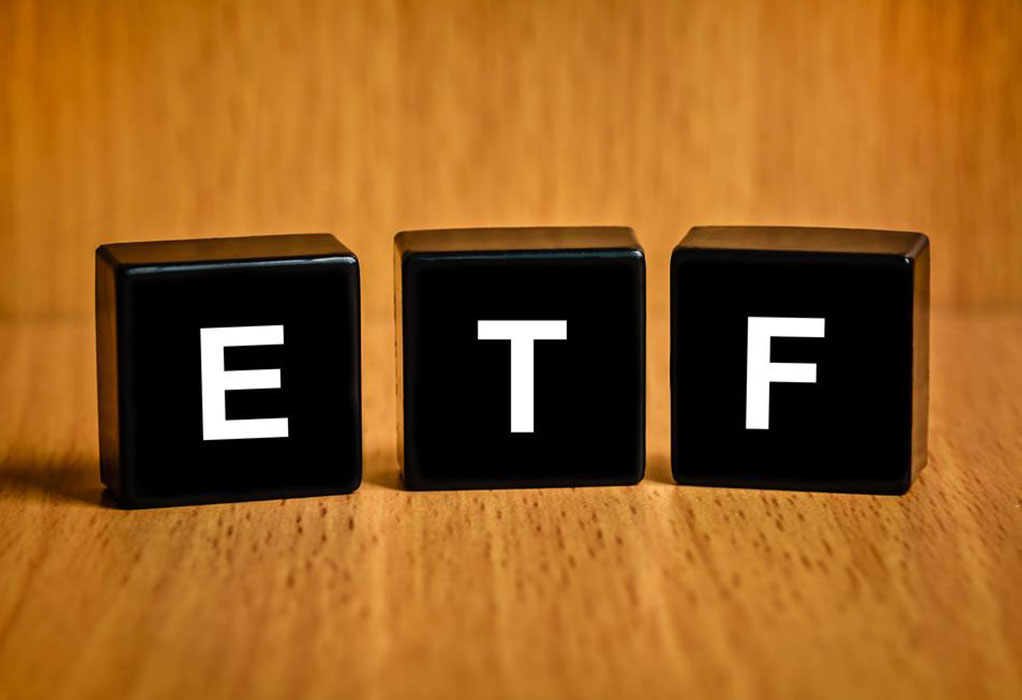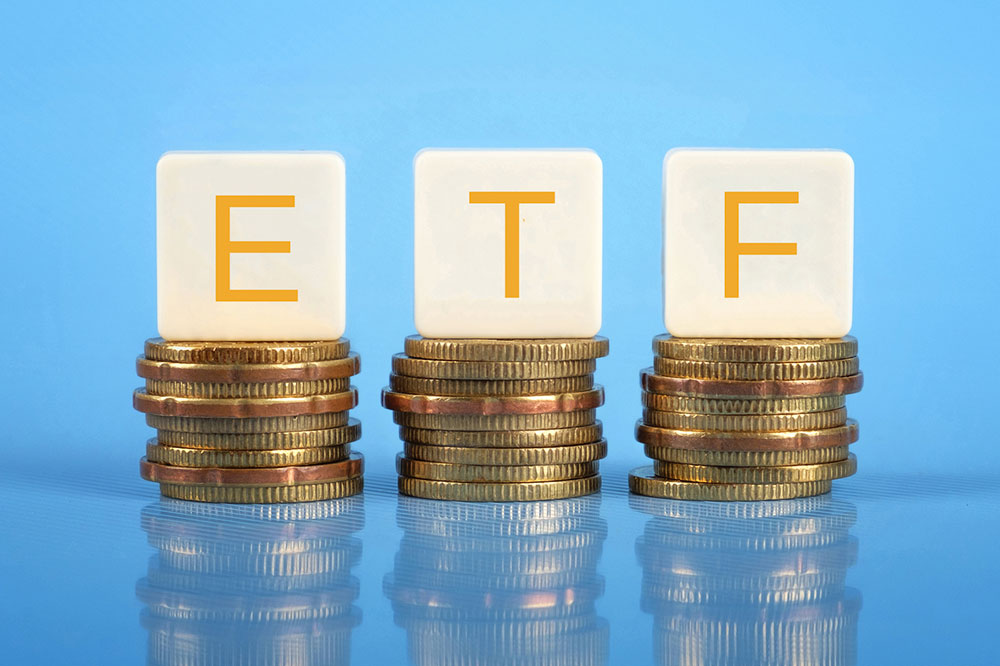Top 10 Popular Exchange-Traded Funds (ETFs) for Investors
Explore the top 10 popular ETFs available for investors, covering key sectors like energy, technology, defense, and bonds. This guide provides insights into building a diversified portfolio with ETFs that align with various investment goals, risk profiles, and timelines. With tips on asset allocation and sector analysis, it helps both beginners and seasoned investors identify promising funds to enhance their investment strategies.

Top 10 Popular Exchange-Traded Funds (ETFs) for Investors
Exchange-Traded Funds (ETFs) are investment securities that replicate the performance of an index, commodity, bonds, or a combination of assets, and are traded like stocks. They offer daily price fluctuations, higher liquidity, and lower fees compared to mutual funds. Unlike mutual funds, ETFs do not calculate their net asset value separately. They consist of diverse underlying assets such as stocks, bonds, oil futures, gold, or foreign currencies, divided into shares that can be easily bought or sold. ETFs are excellent tools for building diversified portfolios aligned with specific investment goals.
When assembling an ETF portfolio, consider your objectives, risk tolerance, time horizon, income needs, and legal or tax considerations. Spend time analyzing available ETFs over the next three to six months, and review your holdings annually to ensure they match your financial situation. Allocation should factor in your portfolio’s purpose, risk/return goals, and investment timeline. For longer horizons, higher risk assets like small-cap and value stocks are often preferred, whereas income-focused investors might lean toward dividend-paying ETFs.
According to the three-factor model, market risk influences stock returns, with equities generally outperforming bonds over time. Small-cap and value stocks tend to outperform larger stocks, appealing to investors with higher risk tolerance. Here are some leading ETFs to consider:
VanEck Vectors Oil Services: With recent regulatory easing and output restrictions in the oil sector, energy investments look promising. This ETF offers diversified exposure to oil service companies, which are poised to regain pricing power due to increased drilling activity.
iShares National Muni Bond: Municipal bonds are known for their low default risk. This ETF, valued at $7 billion, features low expenses at 0.25% and a 2% dividend, with an average maturity of 5.5 years and an AA rating.
PowerShares Dynamic Semiconductors: The semiconductor industry is experiencing growth driven by applications in autonomous vehicles, smart appliances, and industrial automation. This ETF provides exposure across 30 semiconductor stocks, with active management adjusting holdings as needed.
U.S. Aerospace & Defense ETFs: Major companies like Boeing and Lockheed Martin contribute significantly to the defense industry, which accounts for one-third of global military spending. These ETFs offer exposure to this sector, though risks include defense budget cuts and currency fluctuations.
Gold Miners and Long-Term Treasury Bonds: Gold and mining stocks are attractive as global imbalances persist, and currency markets fluctuate. ETFs like Market Vectors Gold Miners and iShares 20+ Year Treasury bonds can potentially yield high returns, especially if the dollar weakens.
SPDR S&P Regional Banking: Rising interest rates are beneficial for regional banks, boosting net interest margins and earnings growth.
Vanguard ETFs: Offering a blend of stocks and bonds with diversified sector coverage, Vanguard ETFs help tailor portfolios to individual needs with low expense ratios and broad market access. These funds are popular due to their flexibility and comprehensive market coverage.










